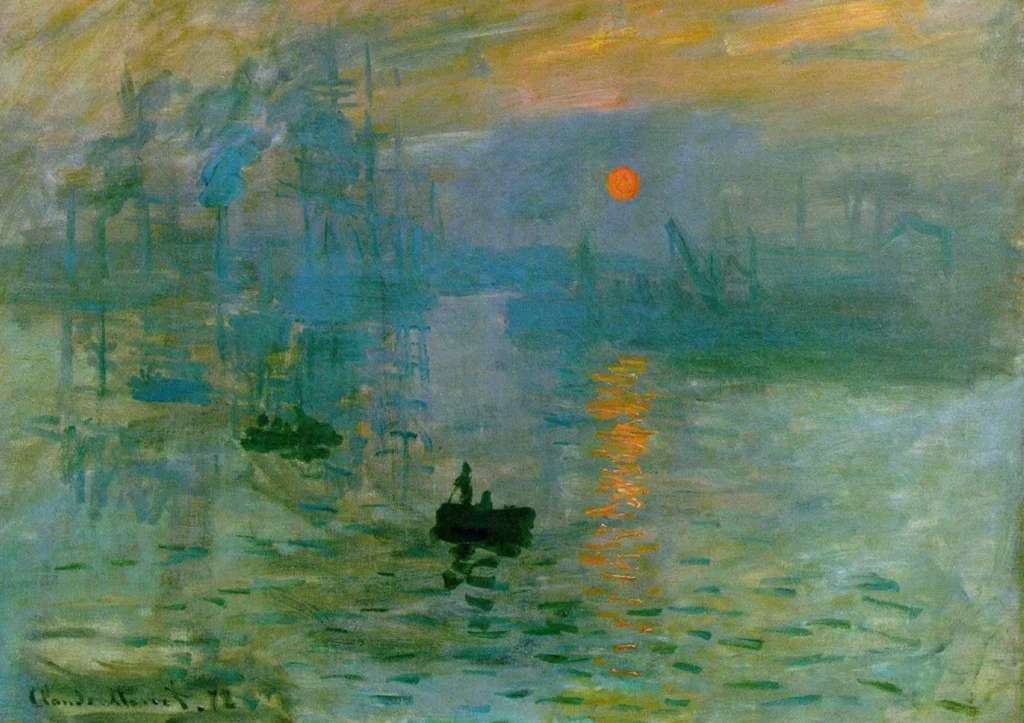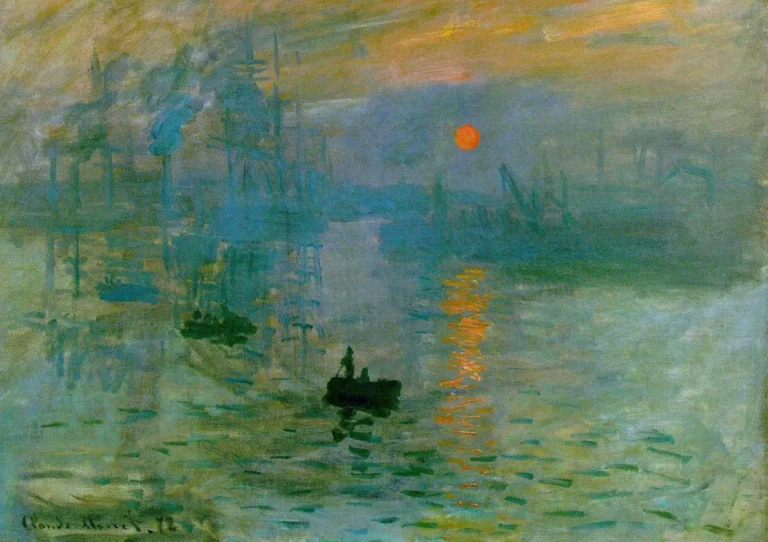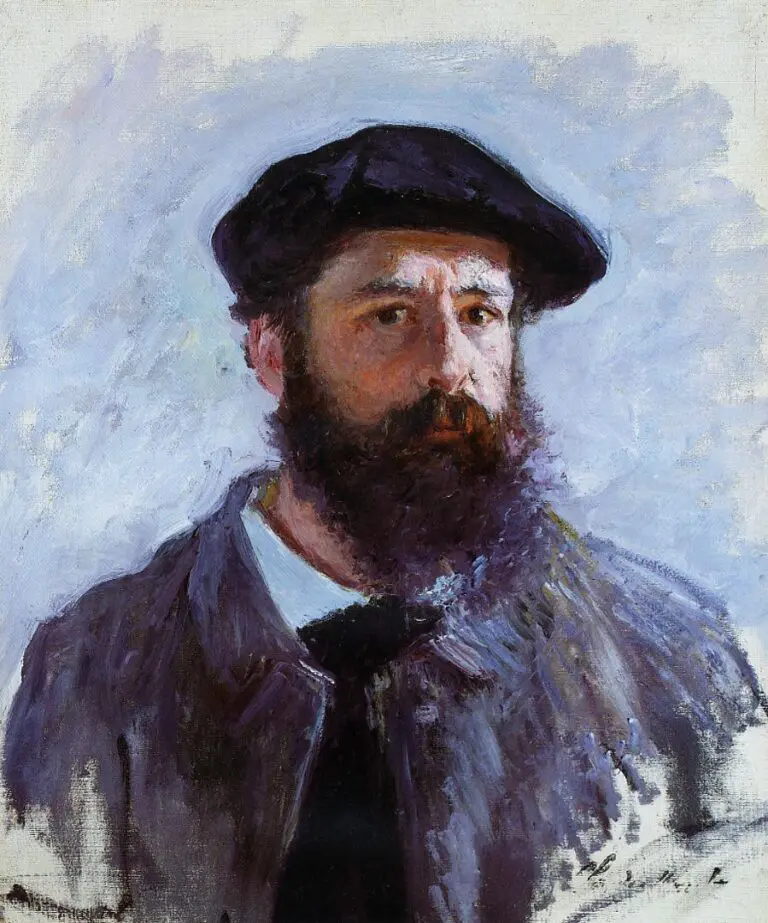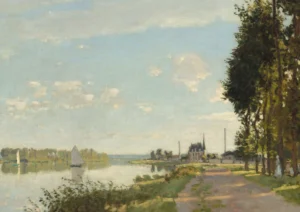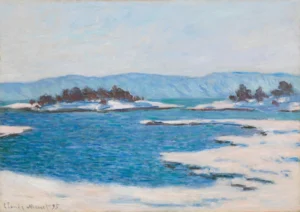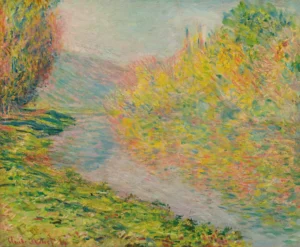Impression, Sunrise (1872)
'Impression, Sunrise' is a captivating depiction of the dawn breaking over the port of Le Havre, painted by Claude Monet in 1872. Renowned for its loose brushwork and vibrant colors, the artwork captures the fleeting moment when sunlight reflects on water, creating an ethereal atmosphere. The painting was instrumental in defining the Impressionist art movement, as it strayed from conventional techniques, choosing instead to focus on light and its transient qualities rather than intricate details. This bold approach sparked controversy when first exhibited, yet it laid the groundwork for modern art.
Year 1872
About the Artwork
Created at the Amirauté Hotel in Le Havre on a November morning, 'Impression, Sunrise' represents a turning point in art history where Monet, along with fellow artists, sought to break away from the conventions of the Paris Salon. This piece was presented at the first Impressionist Exhibition in 1874, where it faced ridicule from critics. Louis Leroy's derogatory review led to the coining of the term 'Impressionism,' which would encompass not only this work but a whole new direction in art that celebrated the relationship between light and form. Despite its tumultuous reception, this painting became a hallmark of a transformative period in artistic expression.
Did You Know
Liked what you see? Add it to your collection.
Enjoyed reading? Share it.
... continued
Creation and Setting
The painting was created from a room at the Amirauté Hotel in Le Havre, France, where Monet captured the scene of the port at sunrise. The exact date of its creation has been precisely determined through topographical, iconographical, meteorological, and astrological studies to be 7:35 AM on November 13, 1872.
Style and Technique
'Impression, Sunrise' is characterized by its loose, gestural brushstrokes and the use of vibrant, unblended colors to capture the fleeting moment and the transient effects of natural light. The painting features a hazy scene with minimal details, where the dockyards in the background and the boats in the foreground are suggested by few brushstrokes. This technique was revolutionary at the time, straying from traditional landscape painting and idealized beauty. The paint is applied in very thin washes, with the canvas visible in some places, and the only use of impasto is in the depiction of the reflected sunlight on the water.
Exhibition and Reception
The painting was first exhibited in April 1874 at the First Impressionist Exhibition in Paris, organized by Monet and other artists who were rejected by the Paris Salon. The exhibition included works by Monet, Camille Pissarro, Edgar Degas, and others. The painting caused significant controversy and outrage among critics, with Louis Leroy writing a sarcastic article in Le Charivari, where he coined the term 'Impressionist' based on the title of Monet's work. Despite the initial negative reception, the term stuck, and it eventually became the name of the entire movement.
Historical Significance
'Impression, Sunrise' is not only a pivotal work in Monet's oeuvre but also a landmark piece in the history of art. It marked a turning point by introducing a new way of seeing and depicting the world, emphasizing the capture of light, color, and atmosphere over detailed representation. The painting's composition, with its off-centered placement of the sun and asymmetrical arrangement of boats, adds to its dynamic and impressionistic quality.
Later History
The painting has had a tumultuous history, including being purchased and resold multiple times. It was gifted to the Marmottan Museum in 1940 and was later stolen in 1985, only to be rediscovered in 1990. Today, it is celebrated as one of the most influential pieces in the Impressionist movement and is housed at the Marmottan Monet Museum in Paris.




